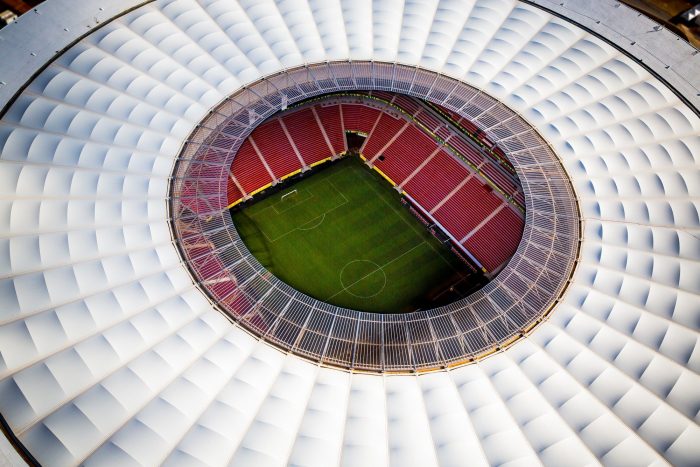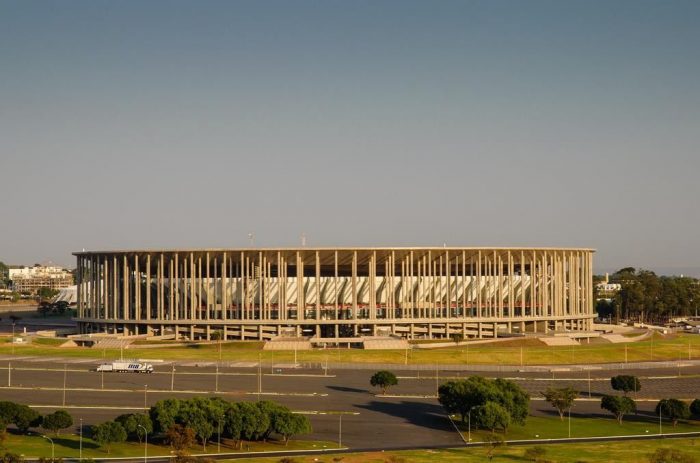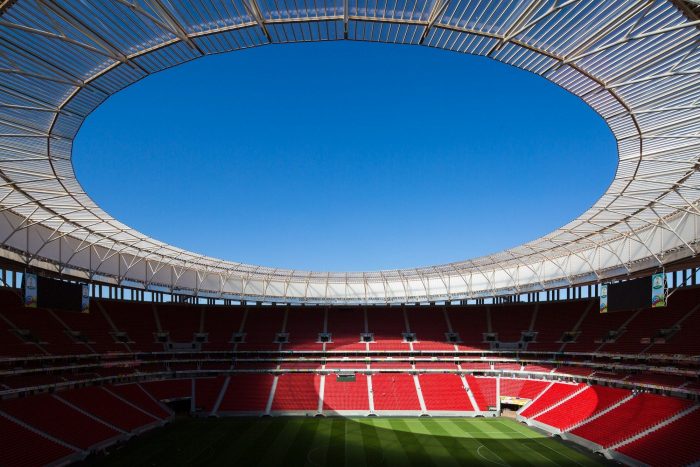In just two years Brazil will host the 2014 Football World Cup. Two years after that, they will host the 2016 Olympics. And so, they have some remodeling to do.
In Brasilia, Brazil’s capital, the Estádio Nacional de Brasília (Brasília National Stadium) is being remodeled to become more accommodating, both to people and to the environment. The almost completely new stadium, under lead architect Castro Mello, will be outfitted with 28,000 new seats, bringing the total to some 70,000 seats. 70,000 seats which will fill a stadium which has been literally rebuilt from the ground to be more futuristic and accessing of large amounts of natural light from the sky opening over centre-field.
Wrapping this sky opening will be a ring bank of solar panels which are expected to generate a total of 2.5 million megawatts of electricity upon completion. Brazil’s Green Building Council is expected to award the new stadium a platinum certification. And yet they did have to cut down some 80 trees for the construction process. But wait! These 80 trees are to be offset by the donation of 5,000 new tree saplings by one of the construction companies involved. Well played. In addition to solar power and new trees, the stadium will boast a rainwater collection system for irrigation and low-flow fixtures to add additional savings to the stadium’s ‘water footprint’.
An additional thing being done to reduce carbon emissions is to do all the casting of the pre-moulded concrete panels from which the stadium is constructed, on site. This is ostensibly to reduce carbon emissions from hauling the panels from a factory to the site. Ok, understandable, but doesn’t concrete need to be mixed and transported as well? The answer probably lies in proximity, but it’s just an interesting point to think about.
Matt Davis
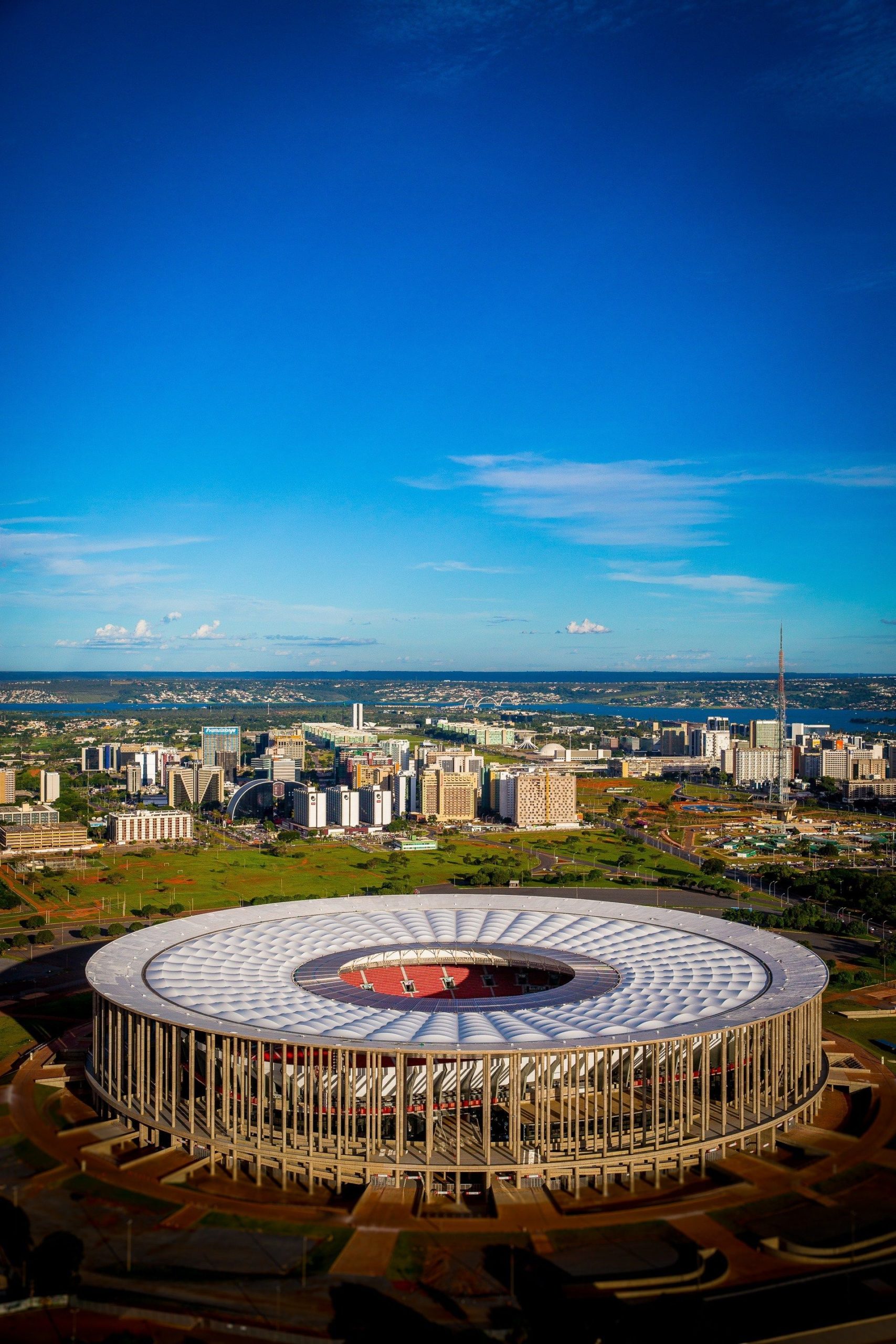
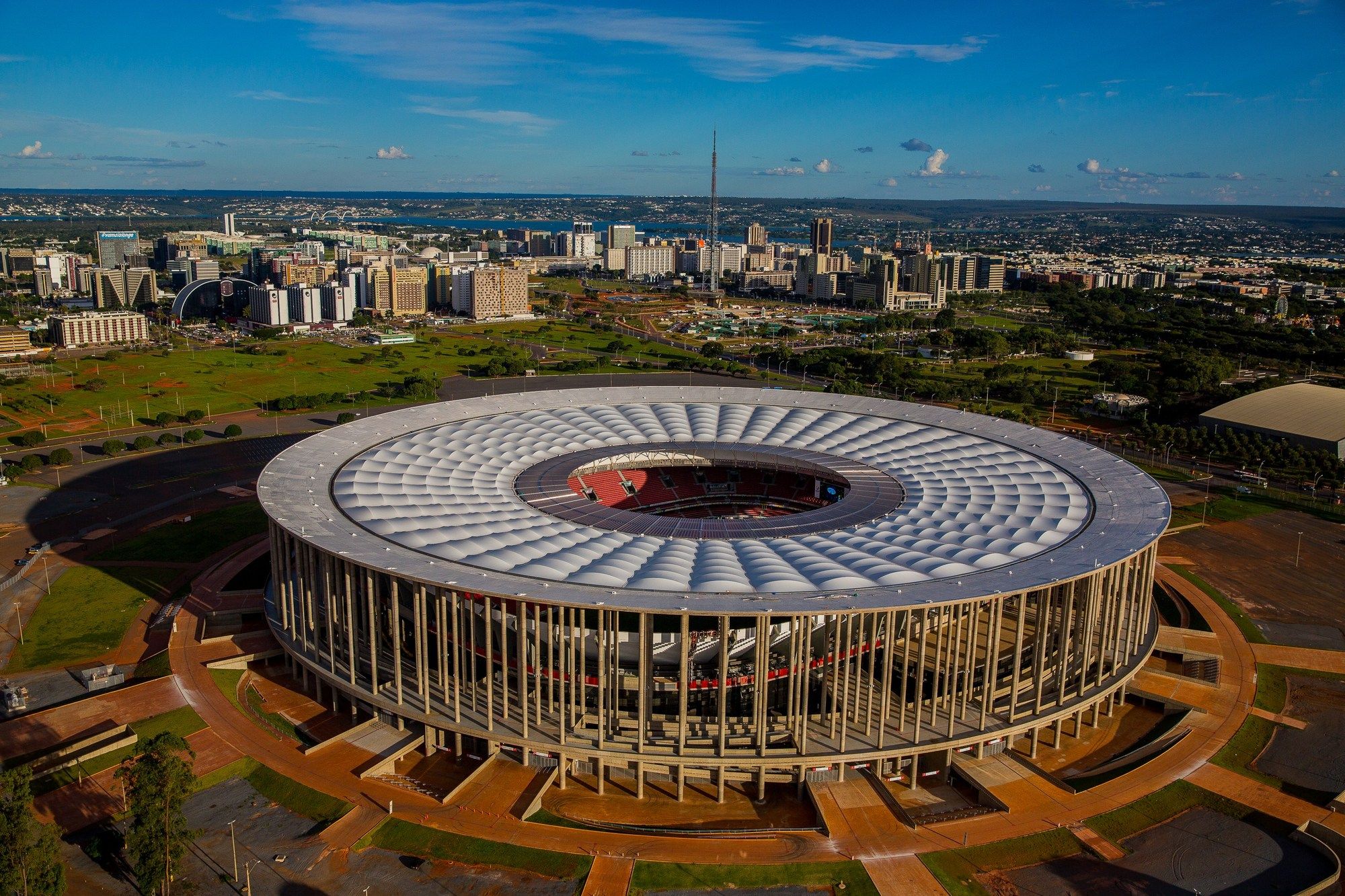
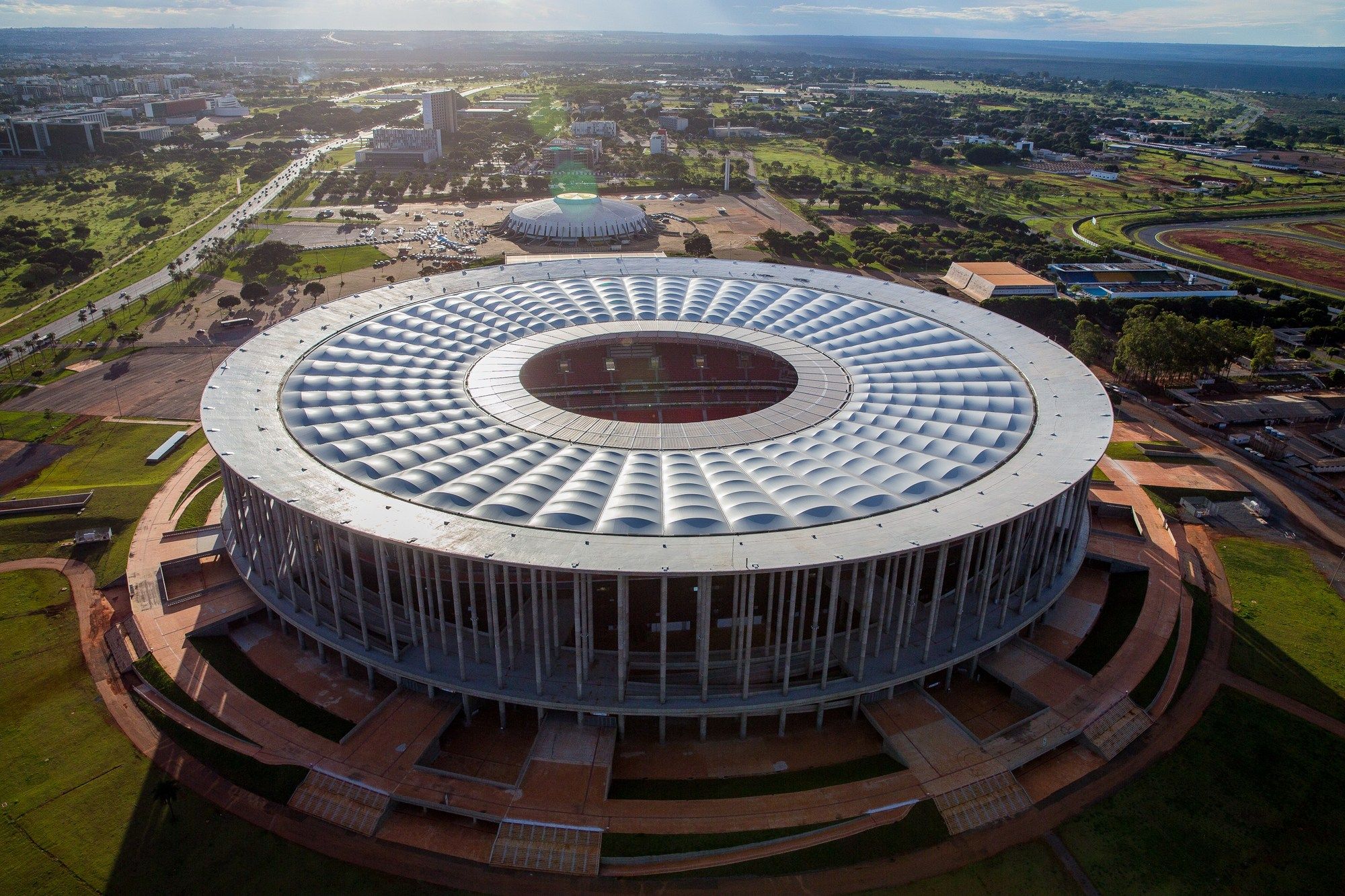
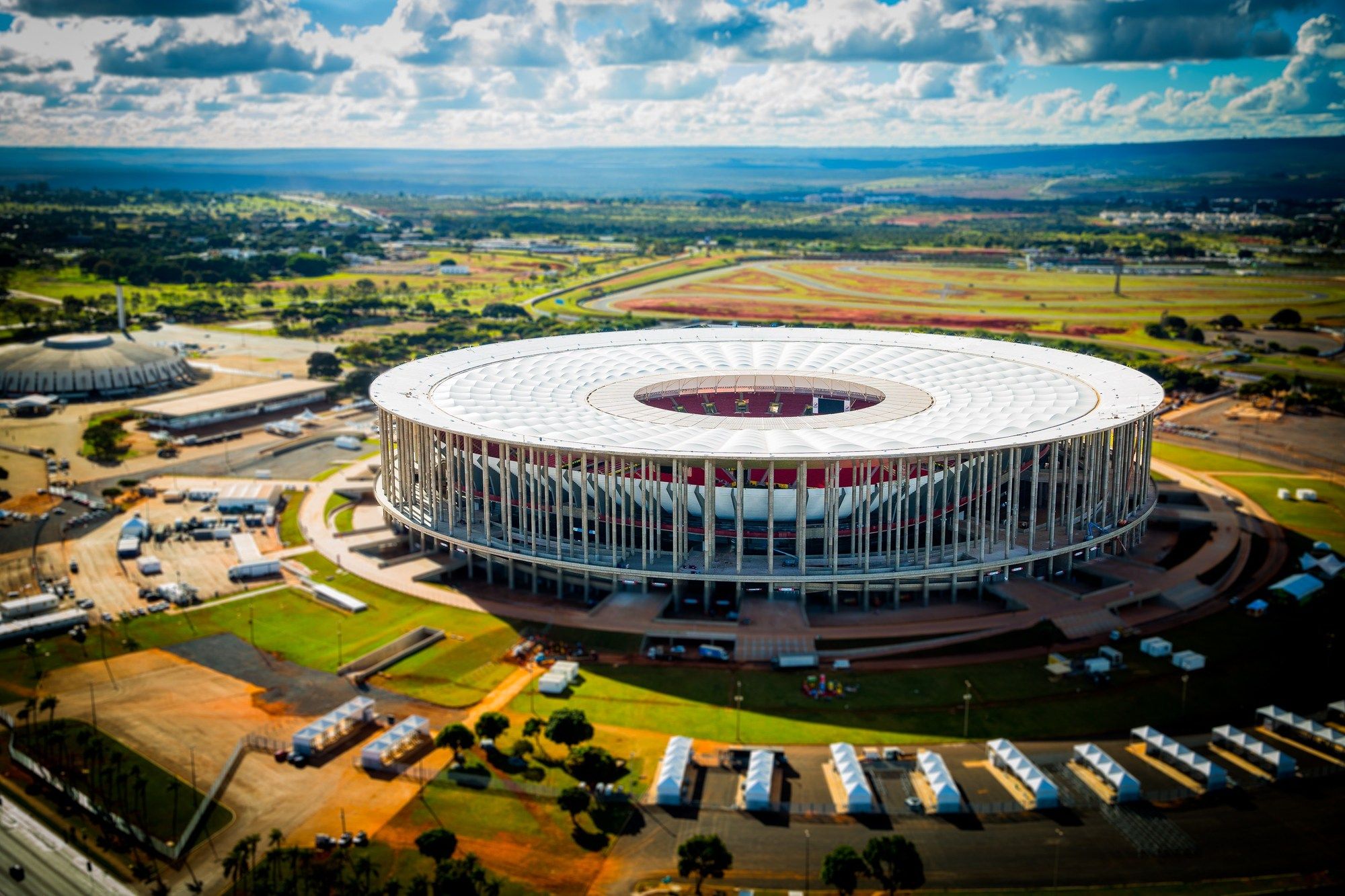
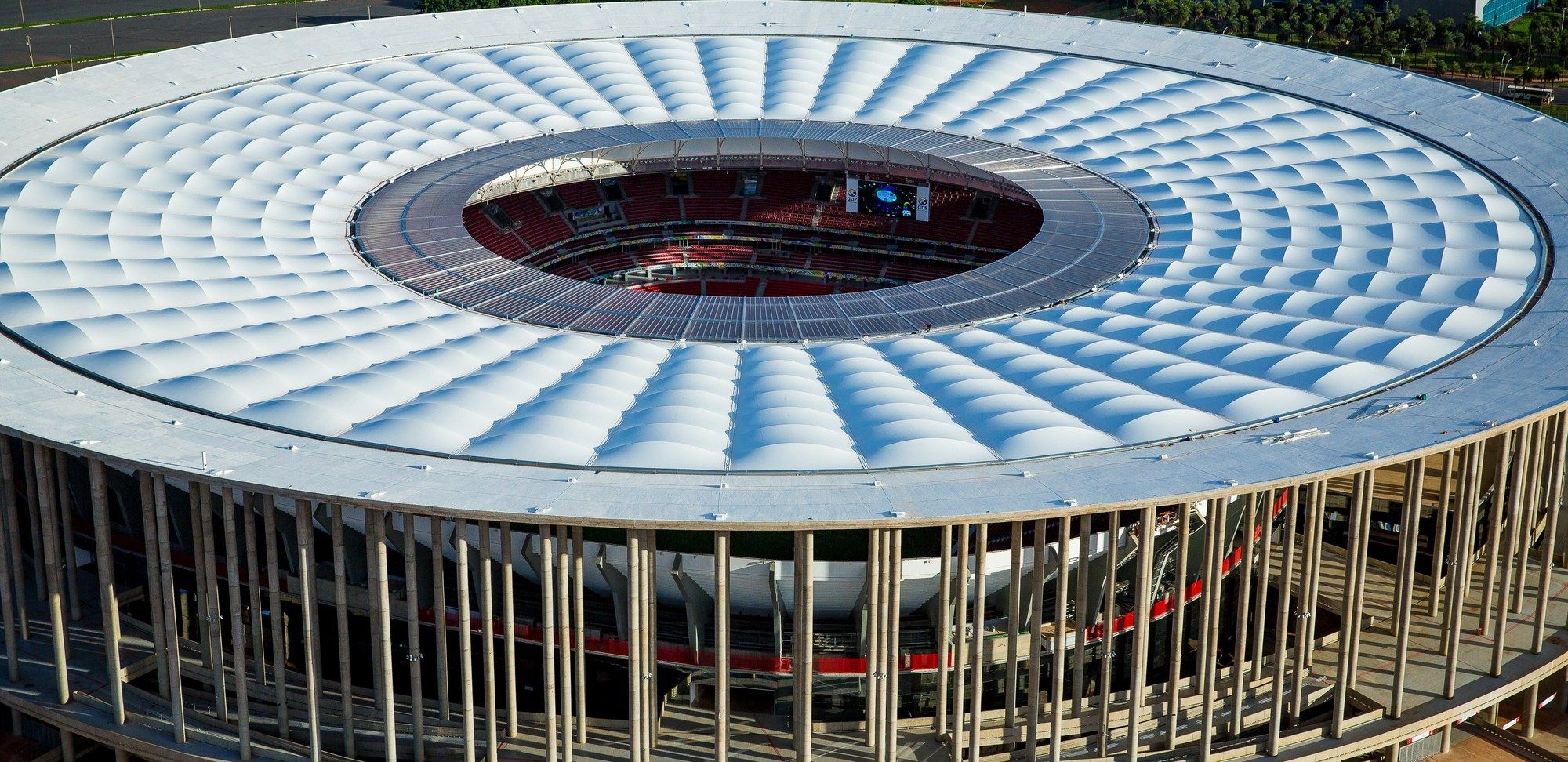
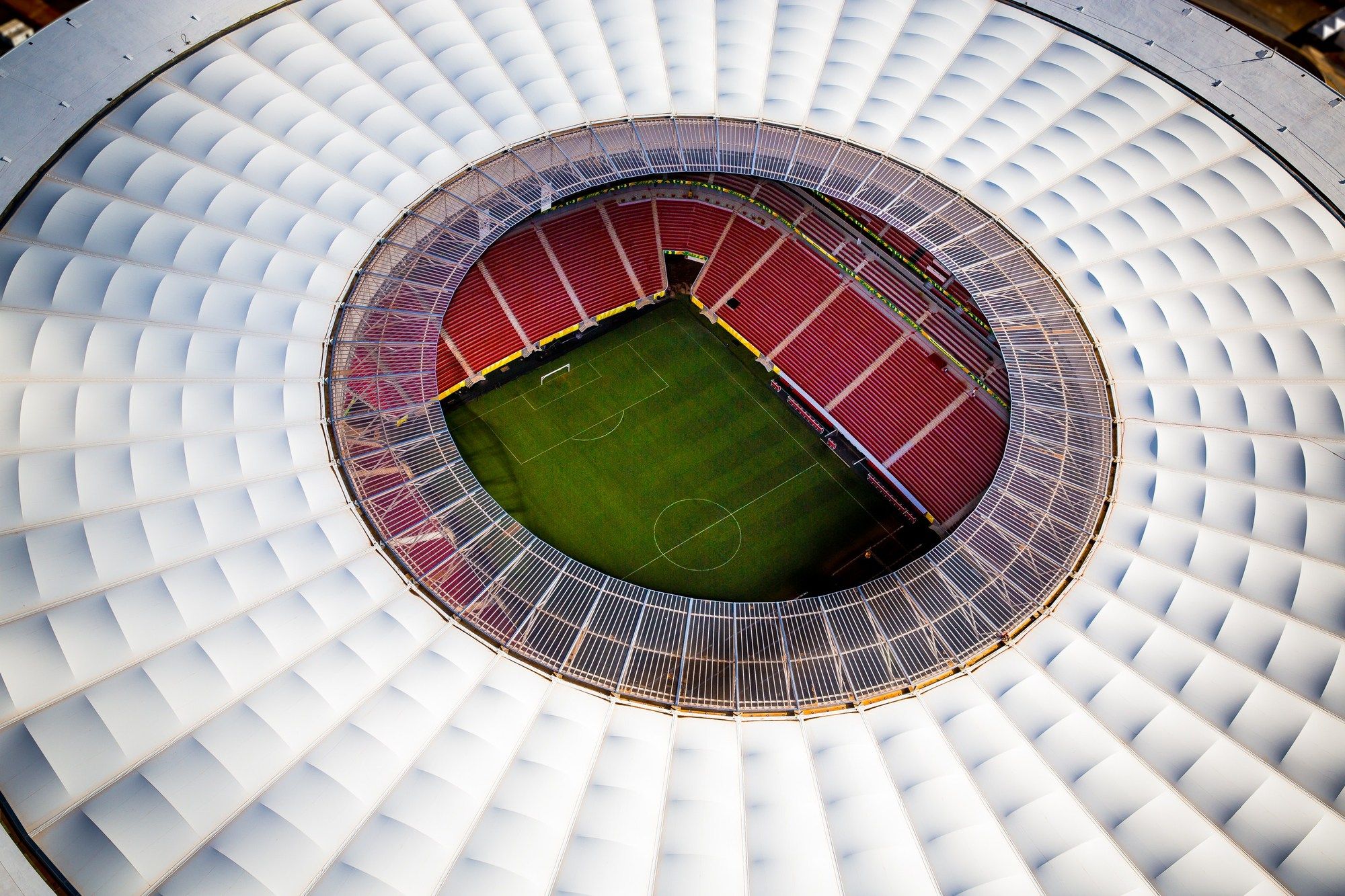
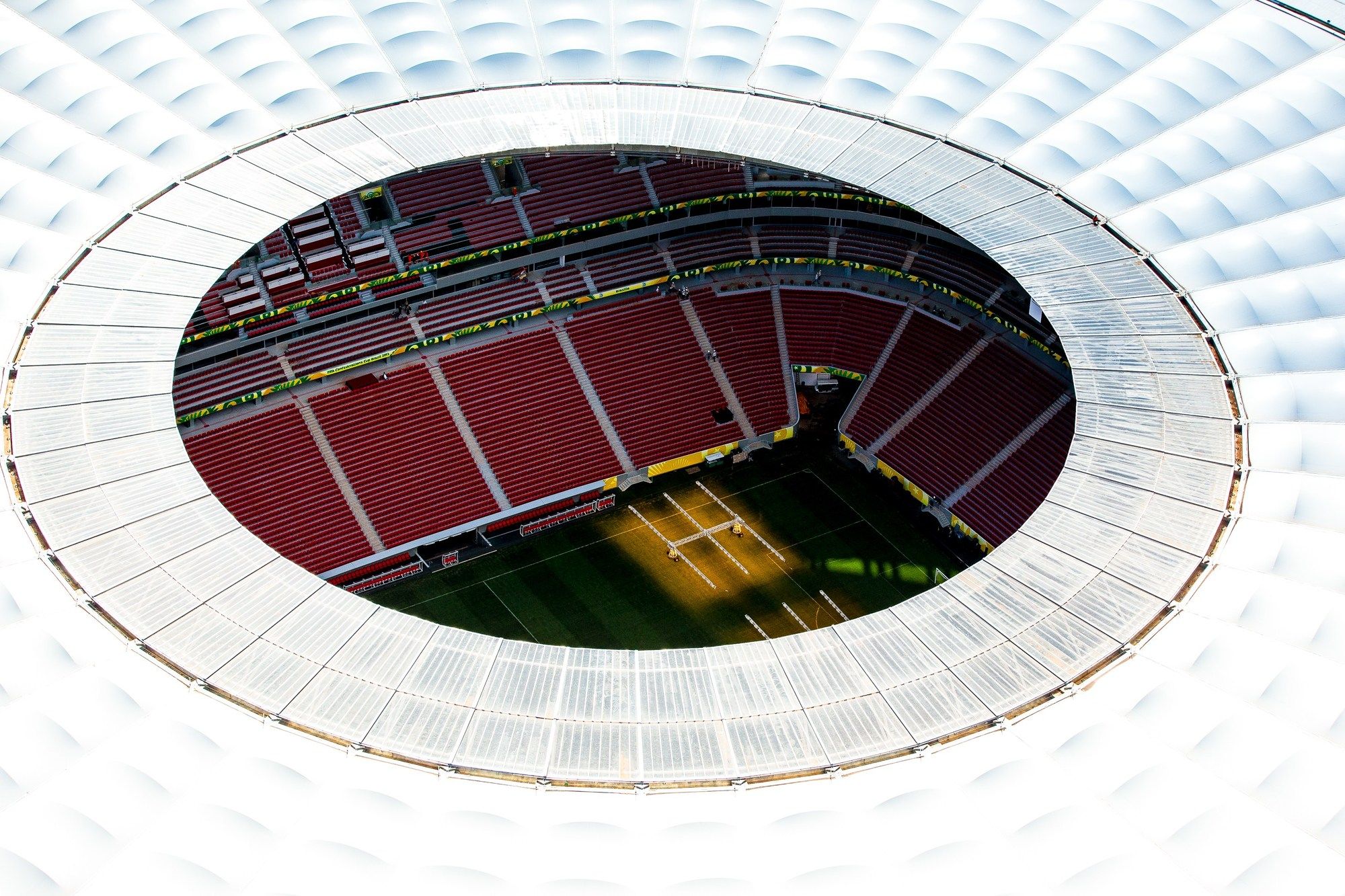

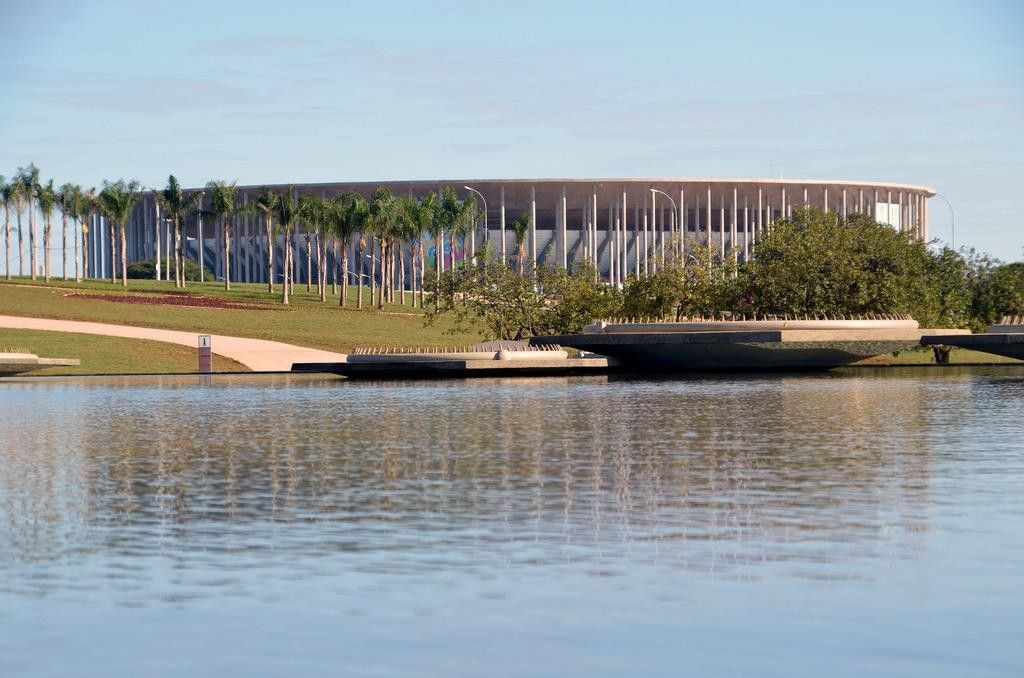
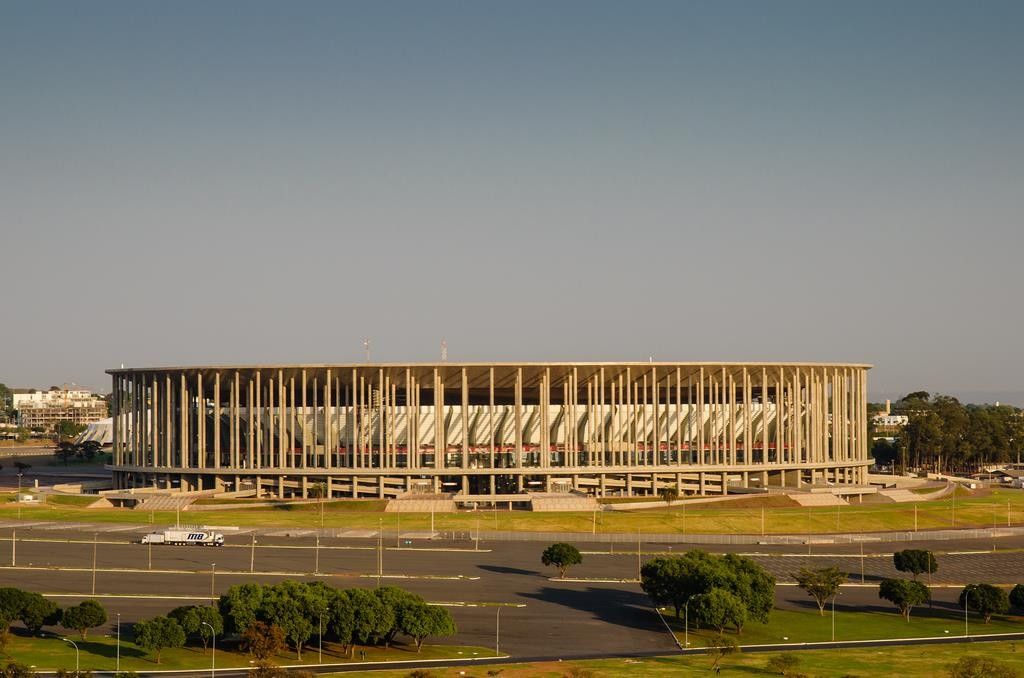
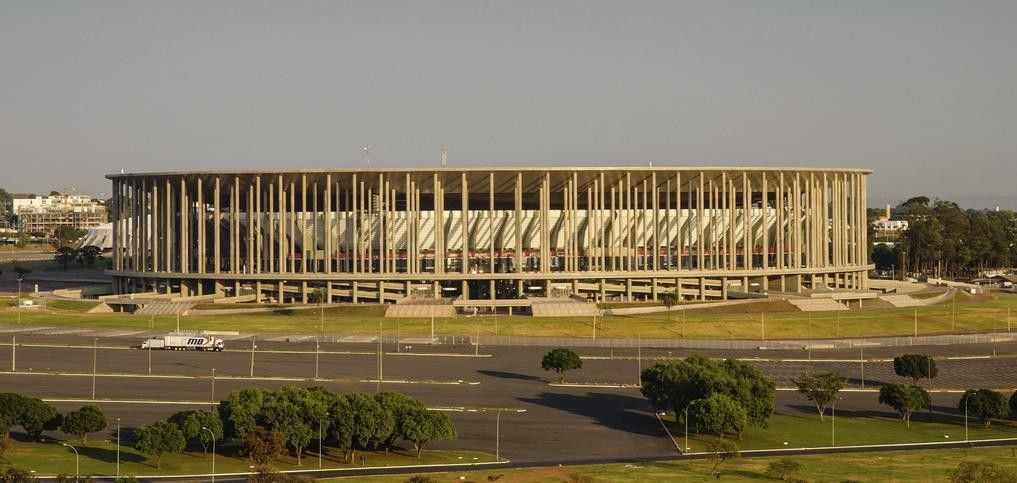
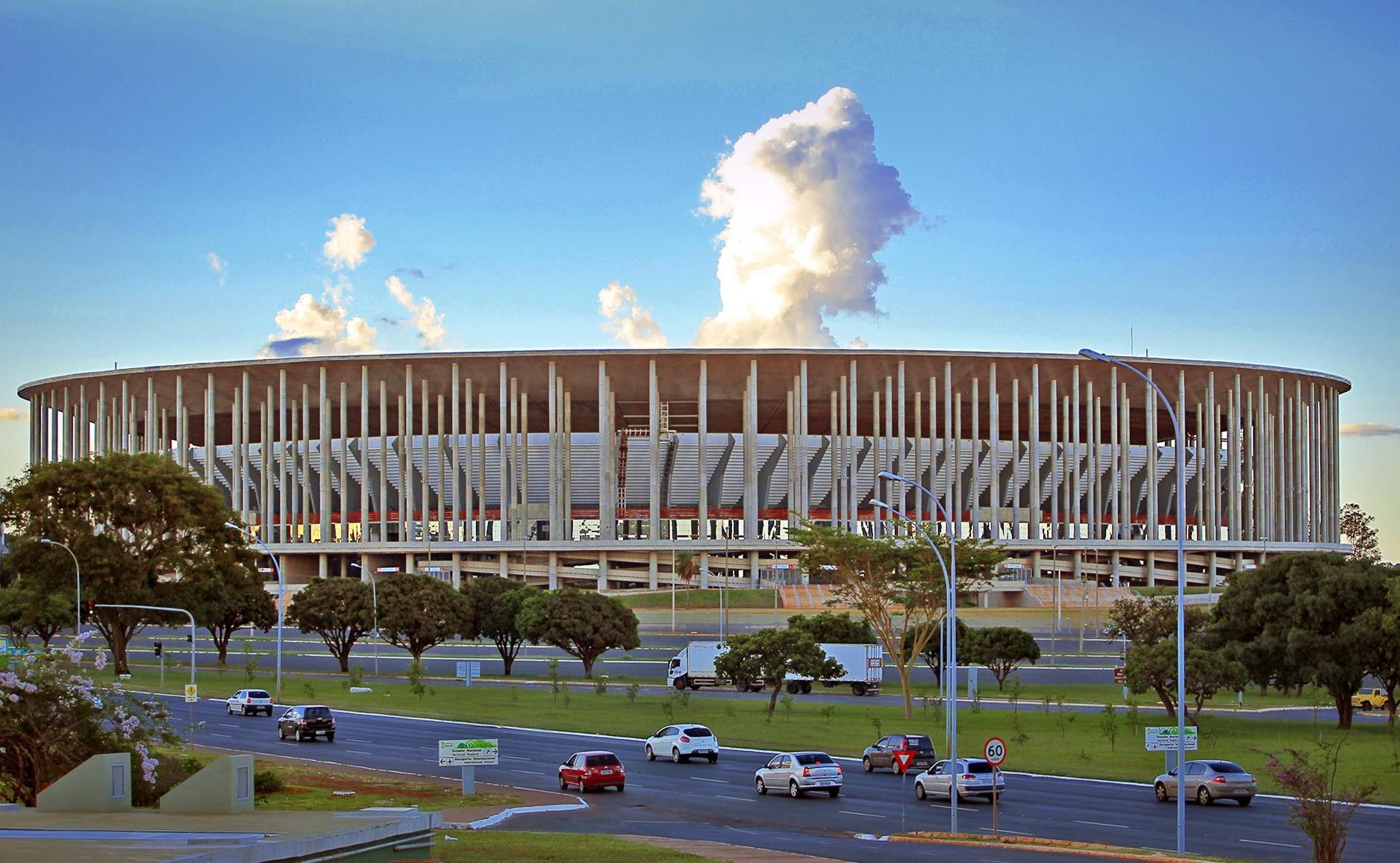
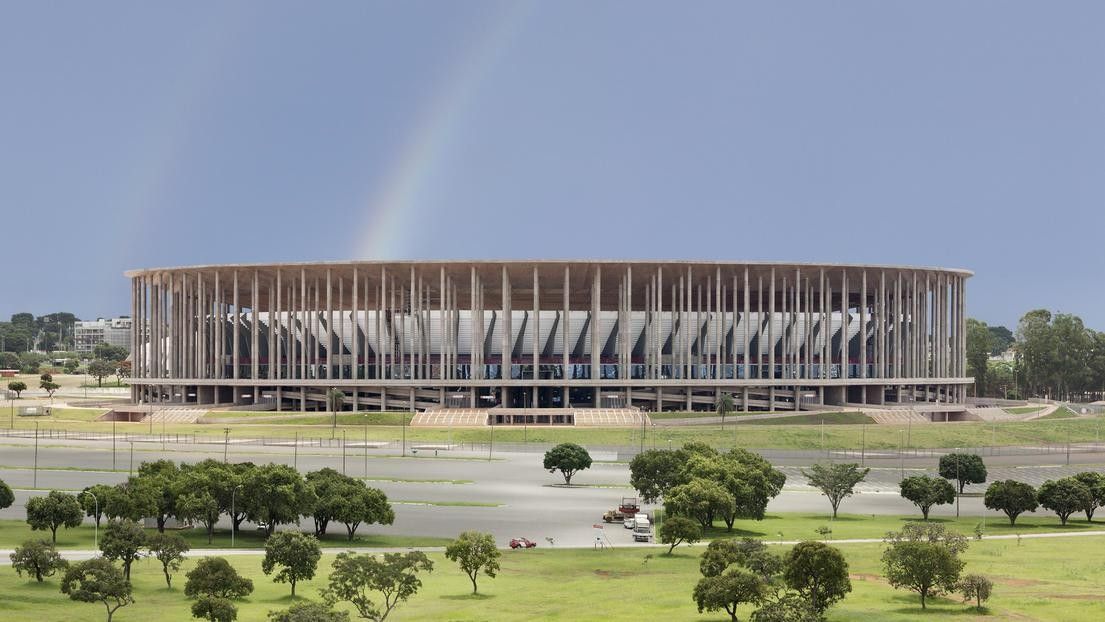
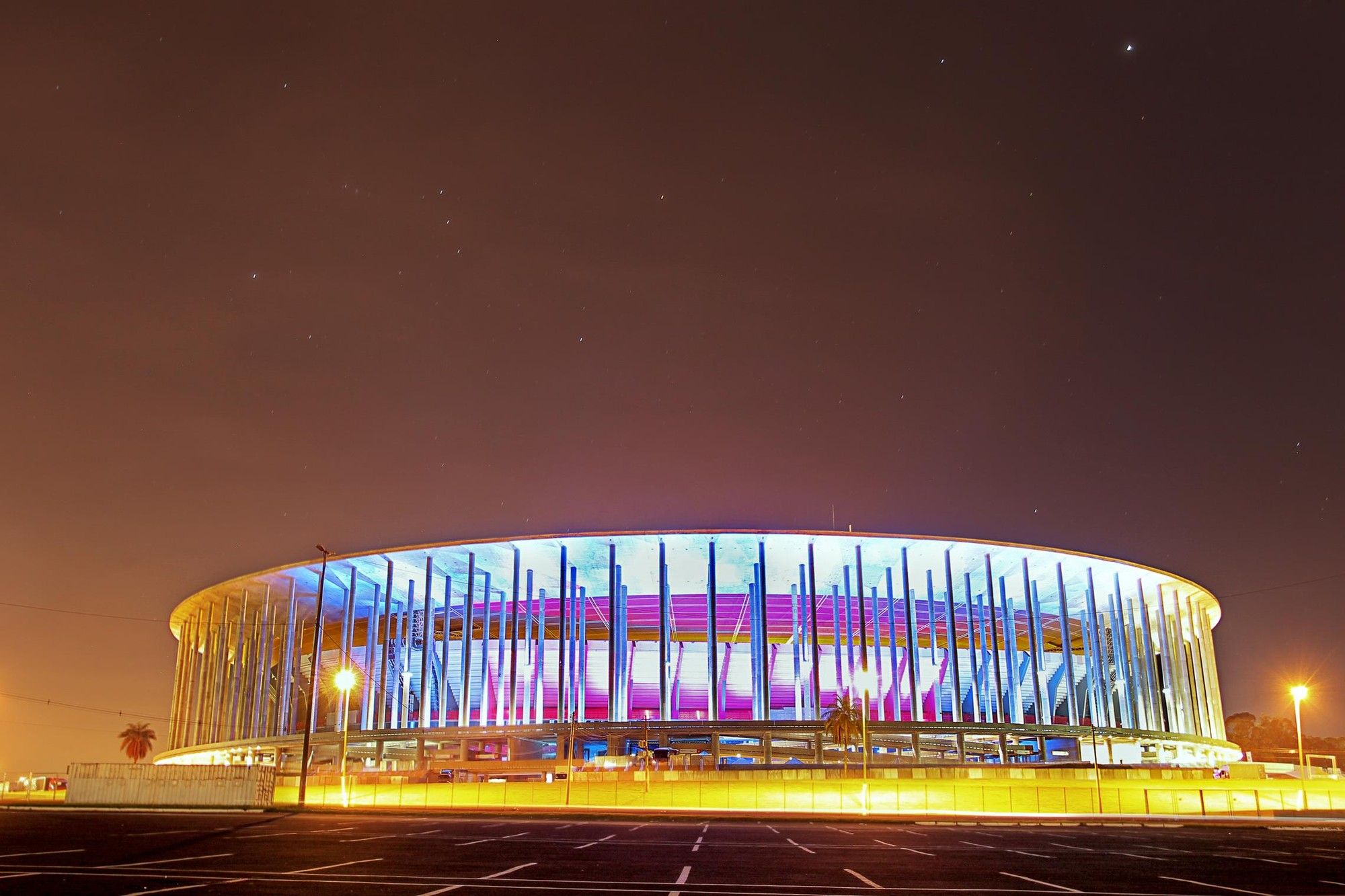
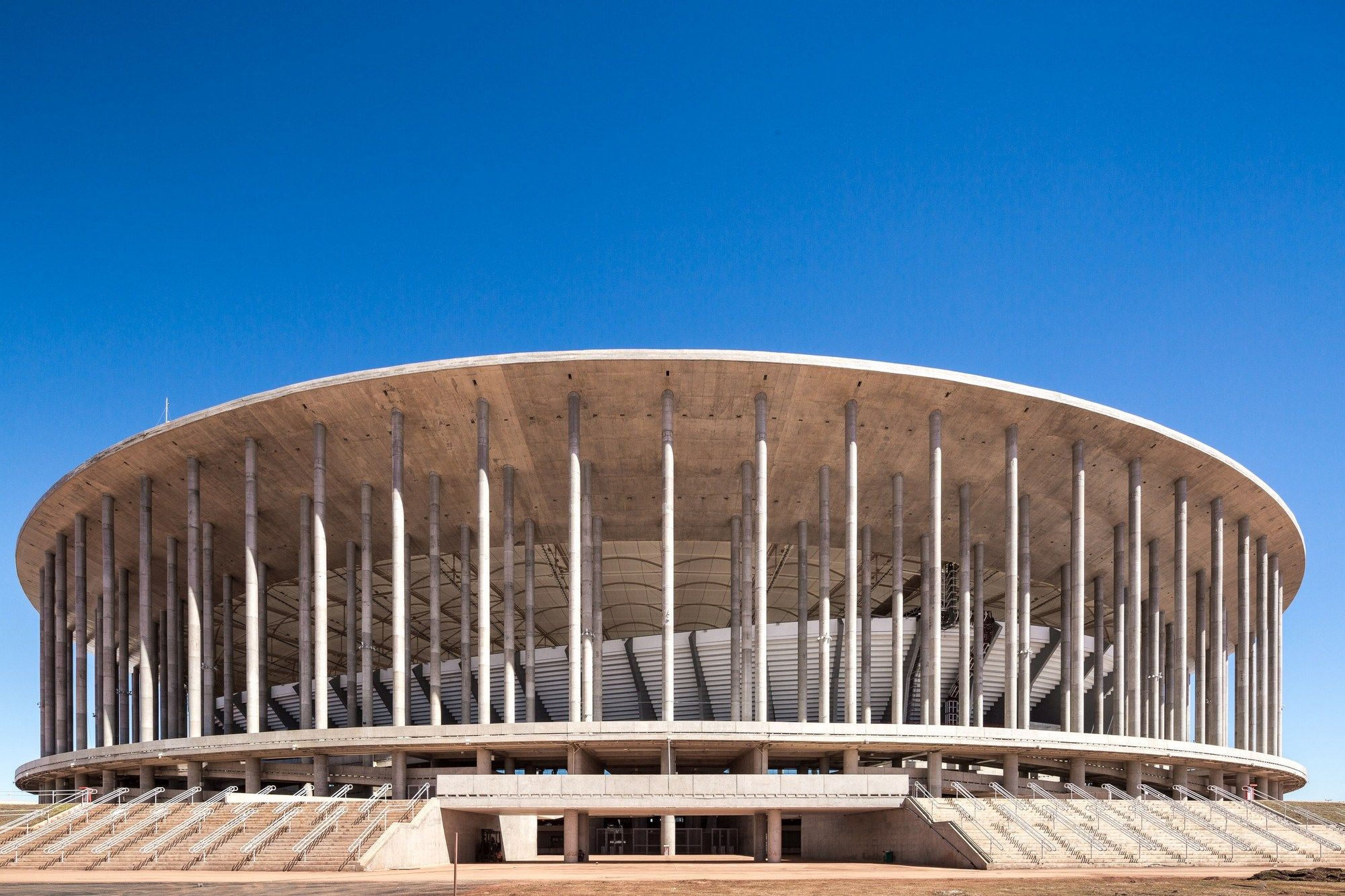
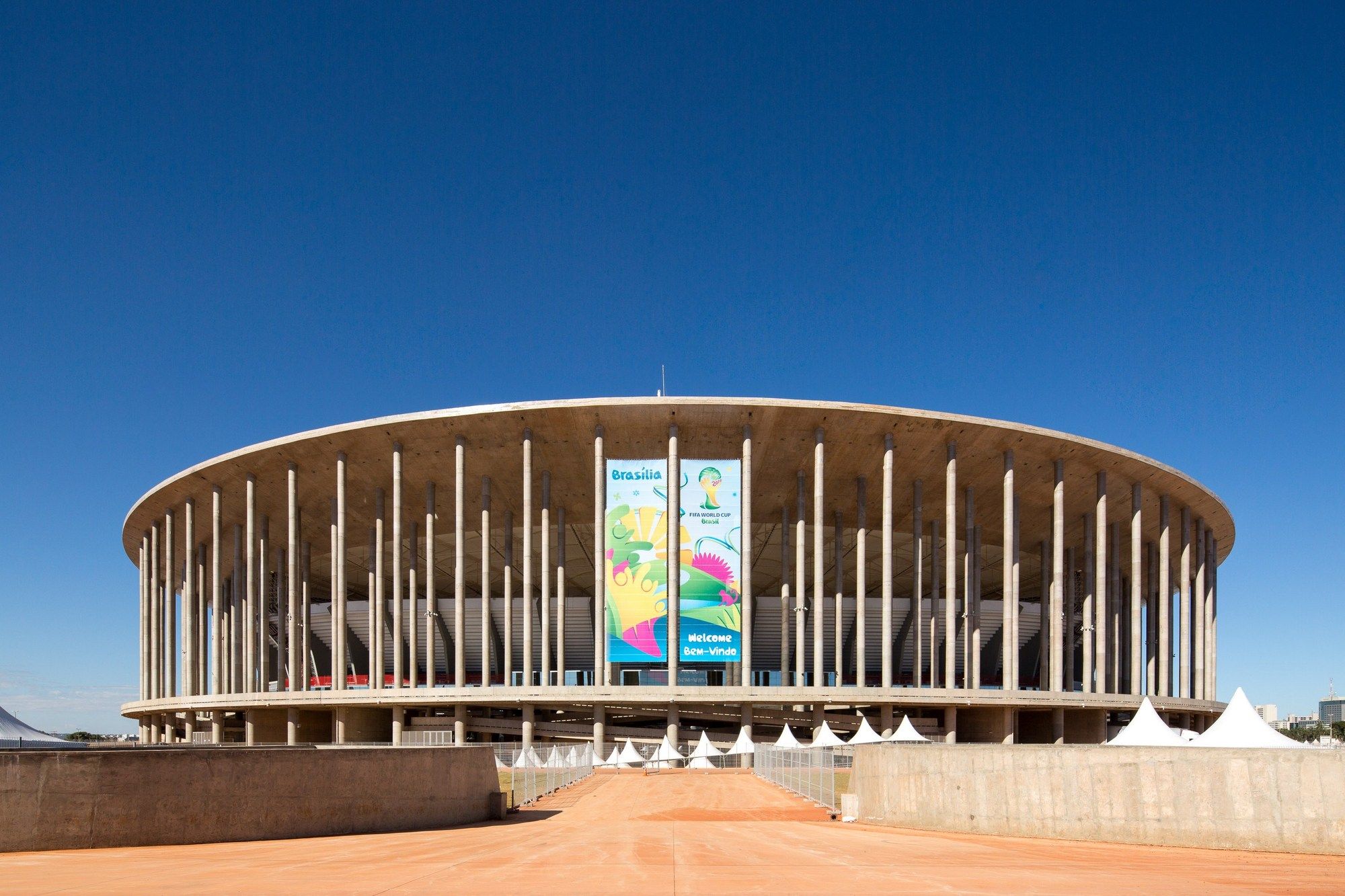
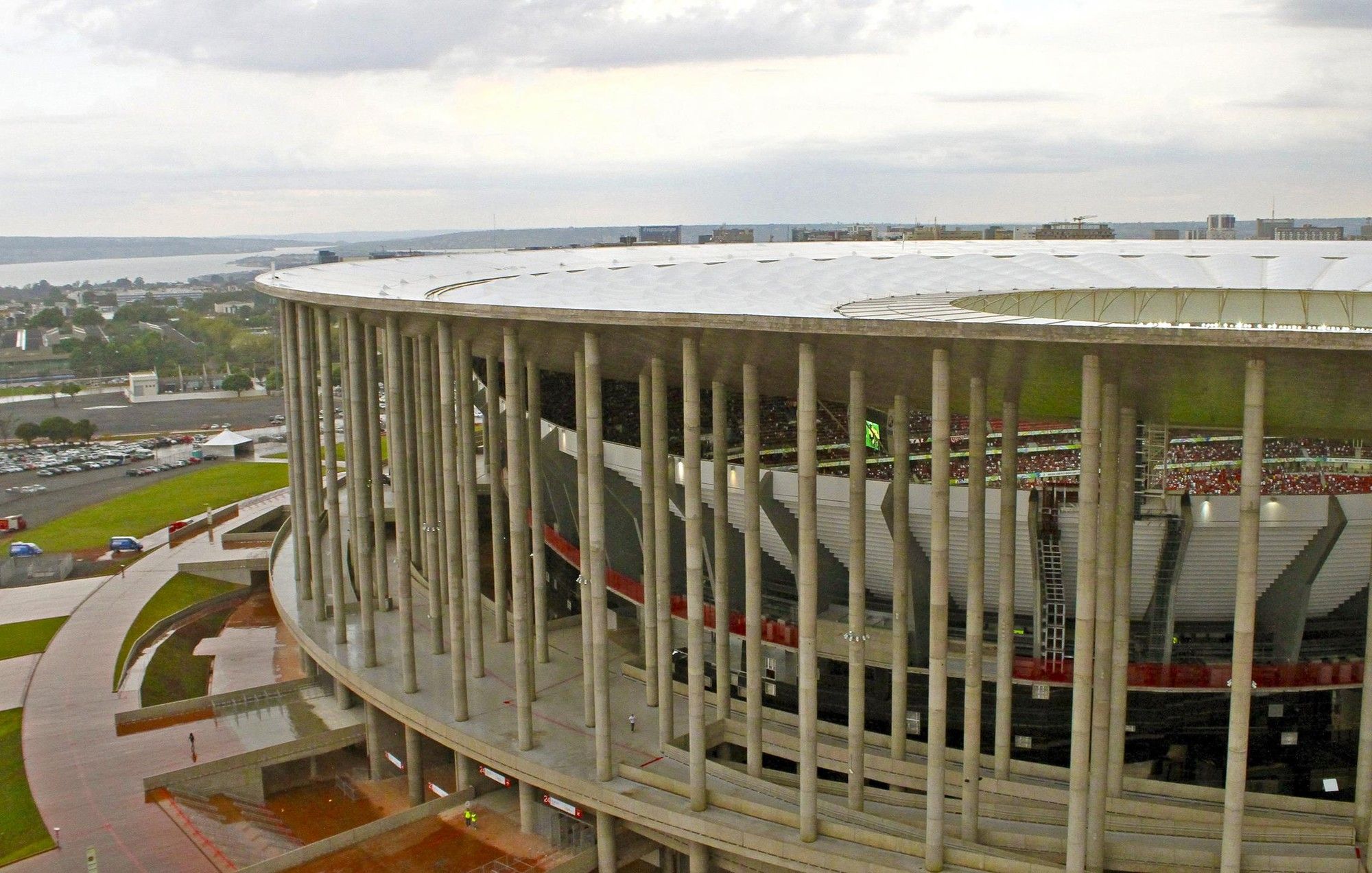
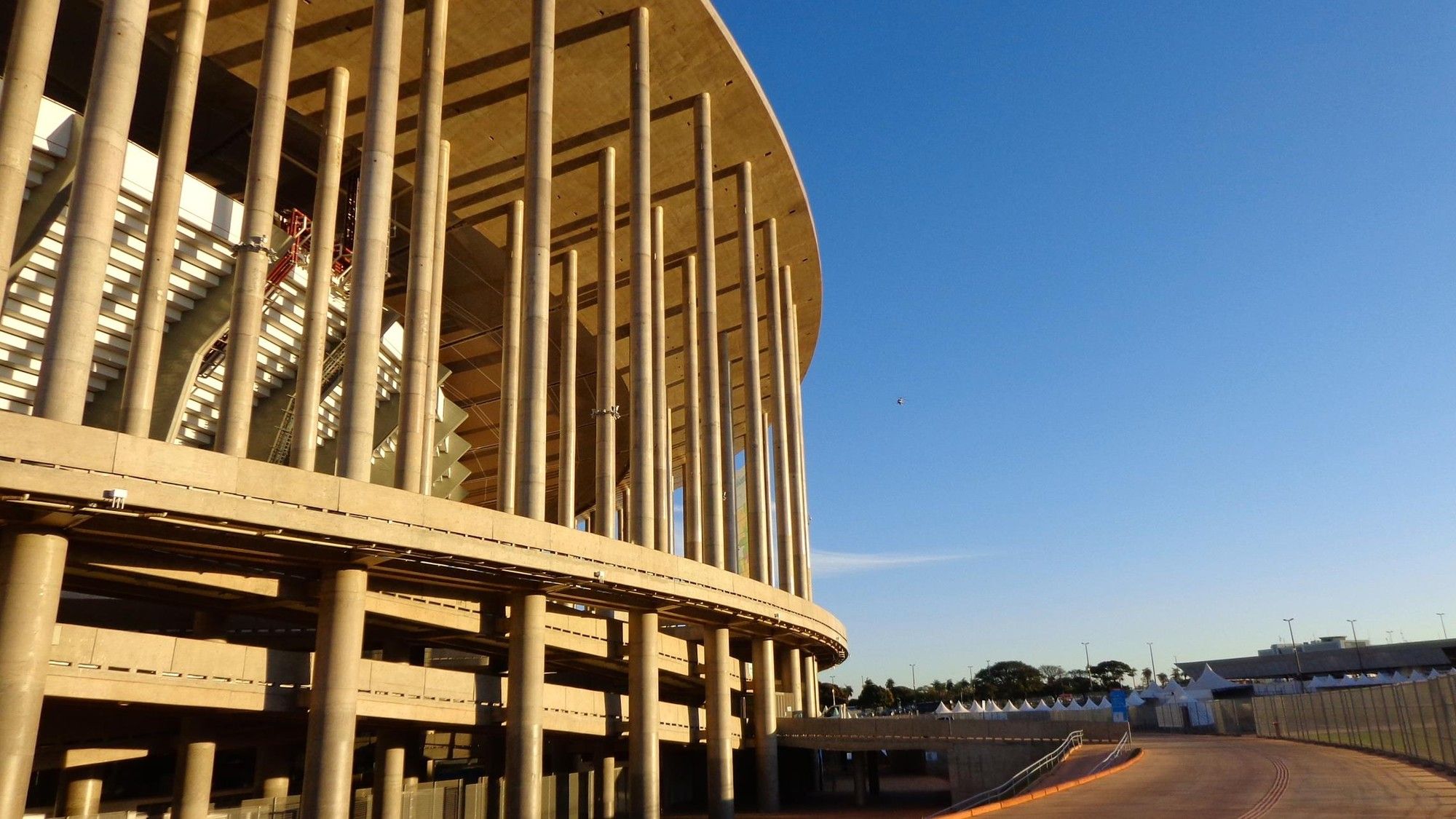
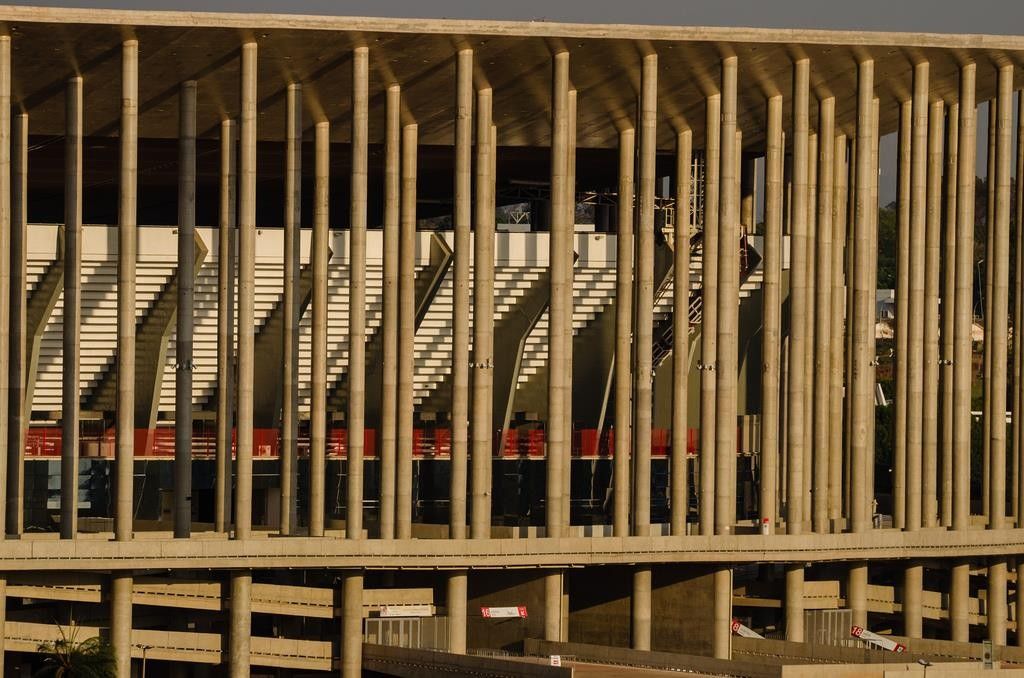
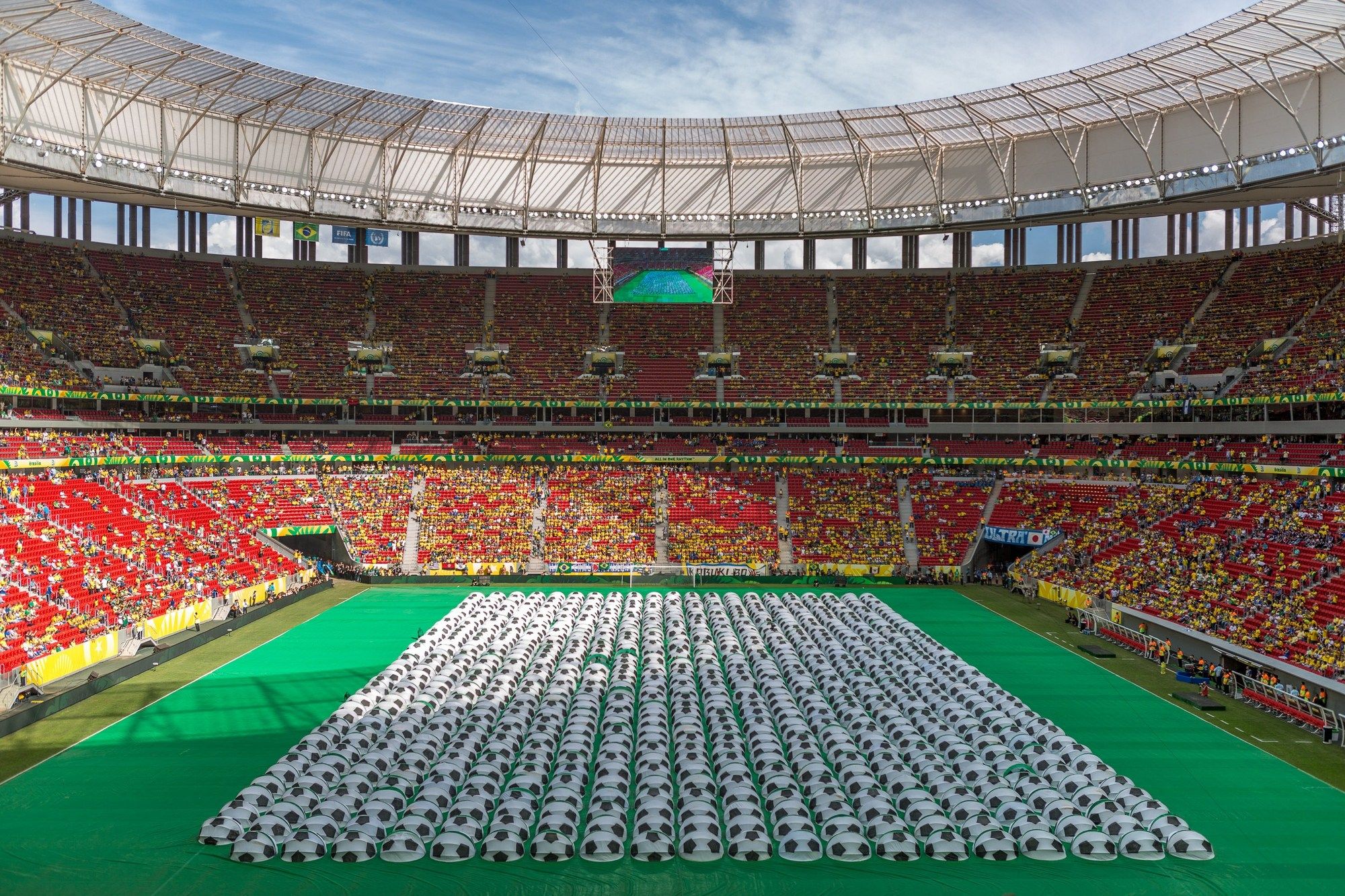
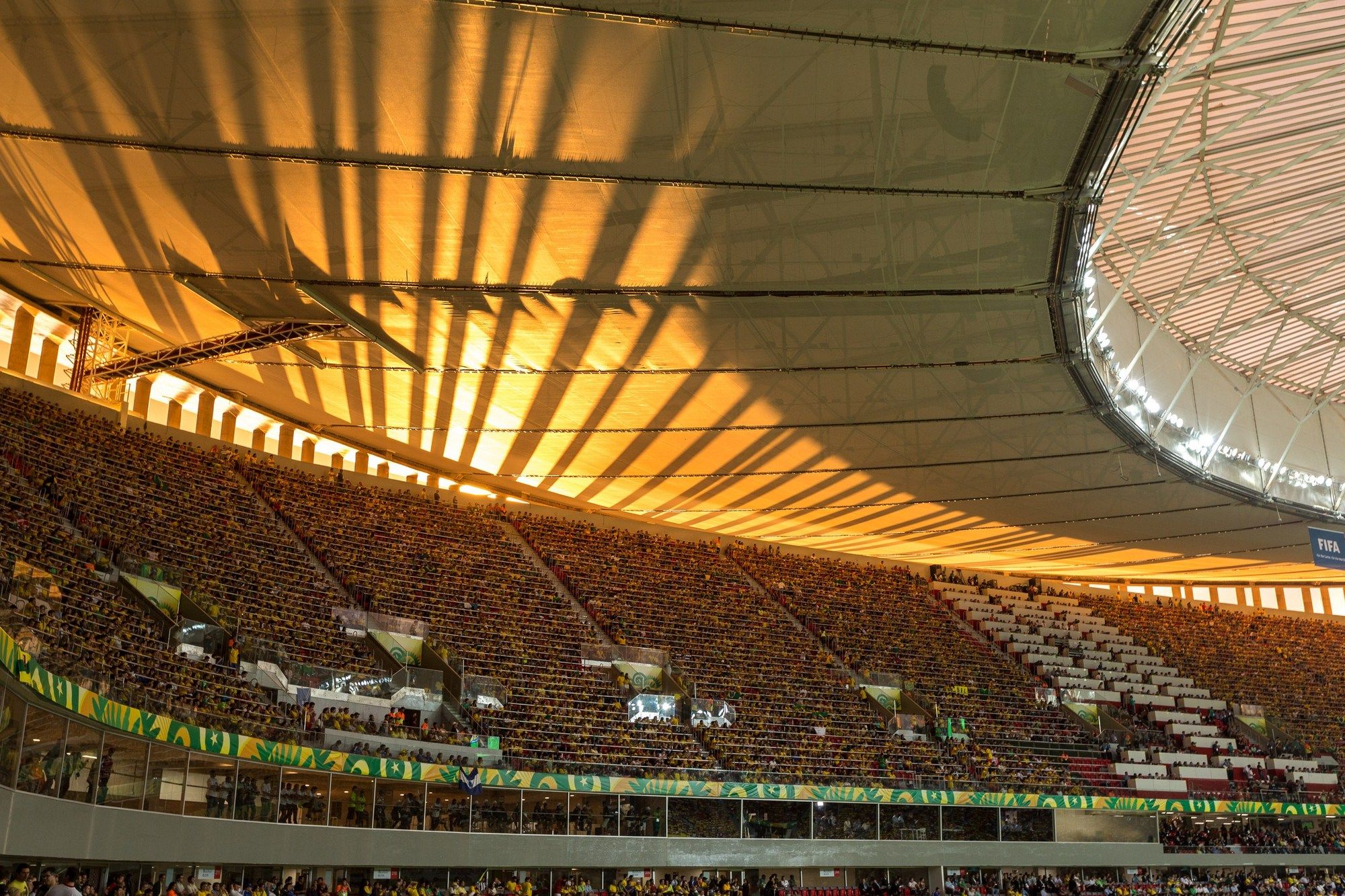
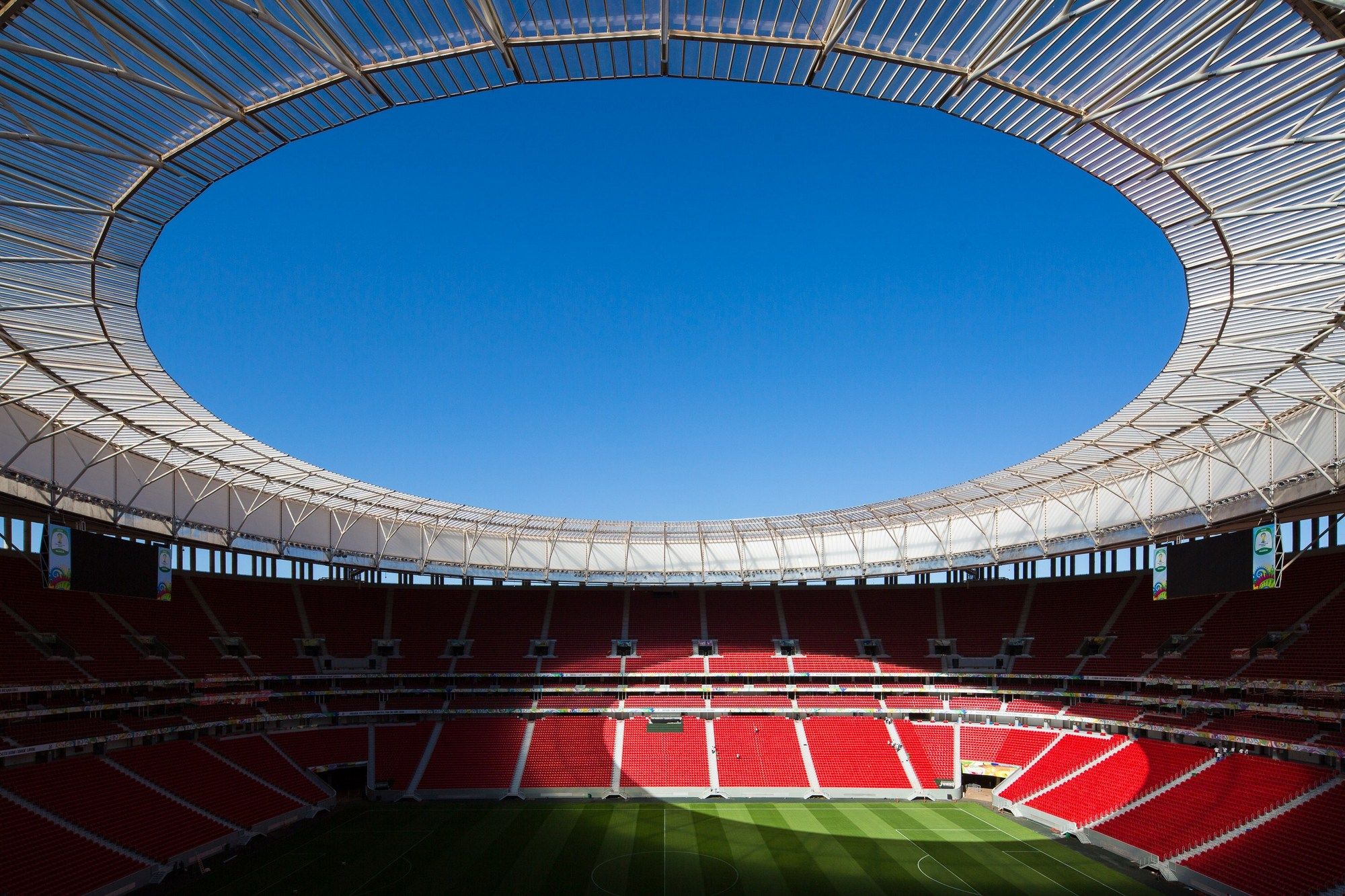
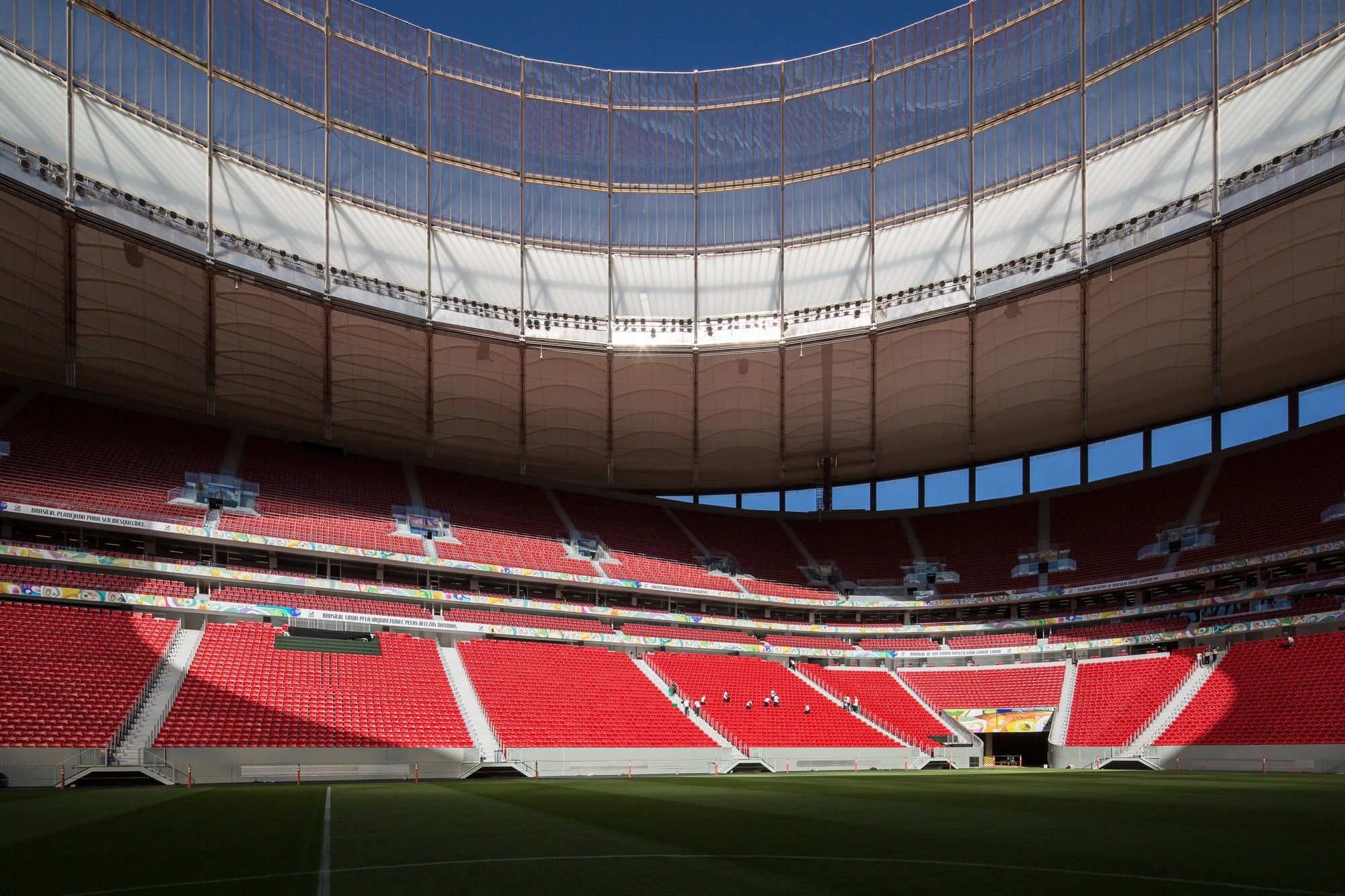
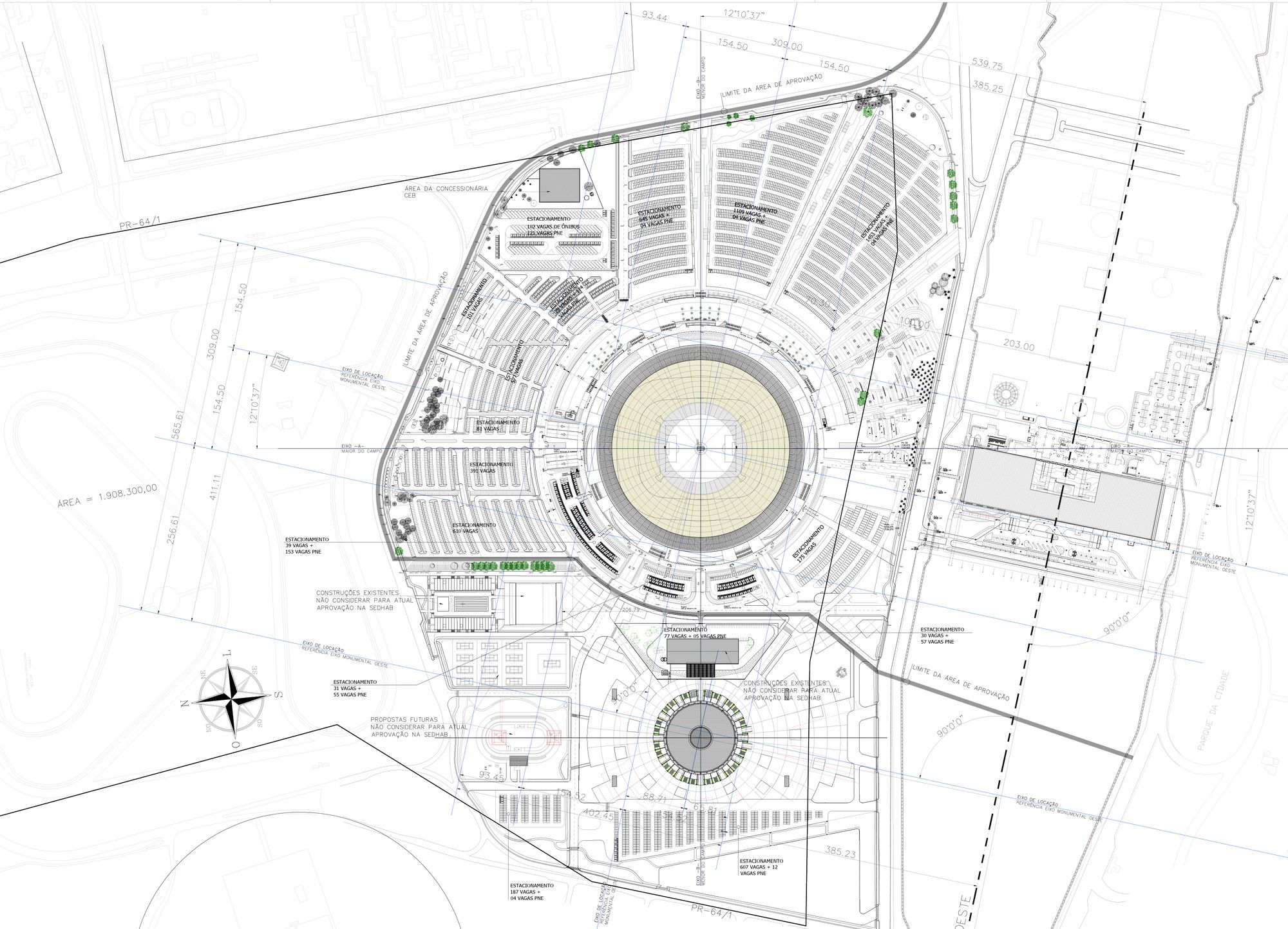
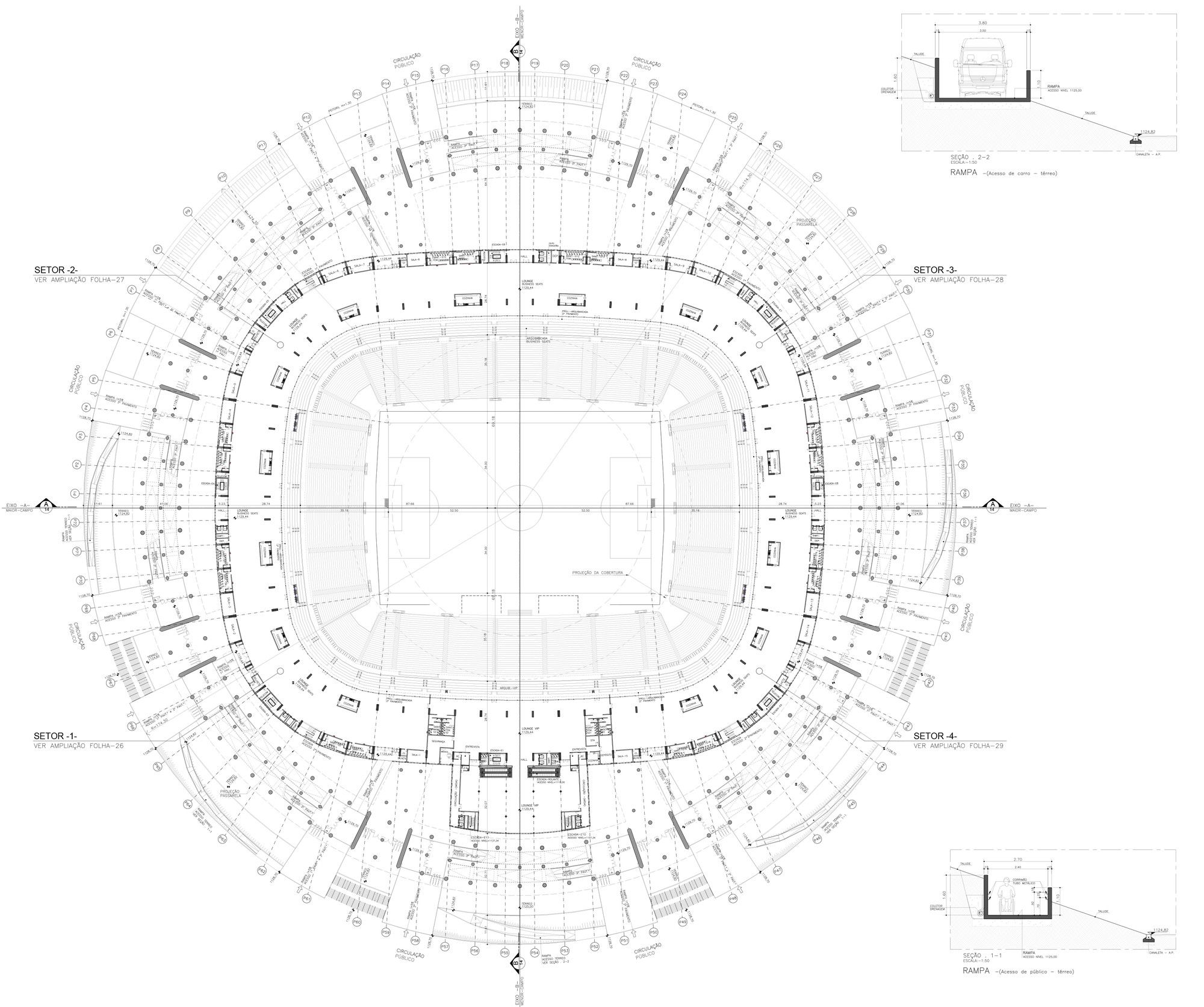
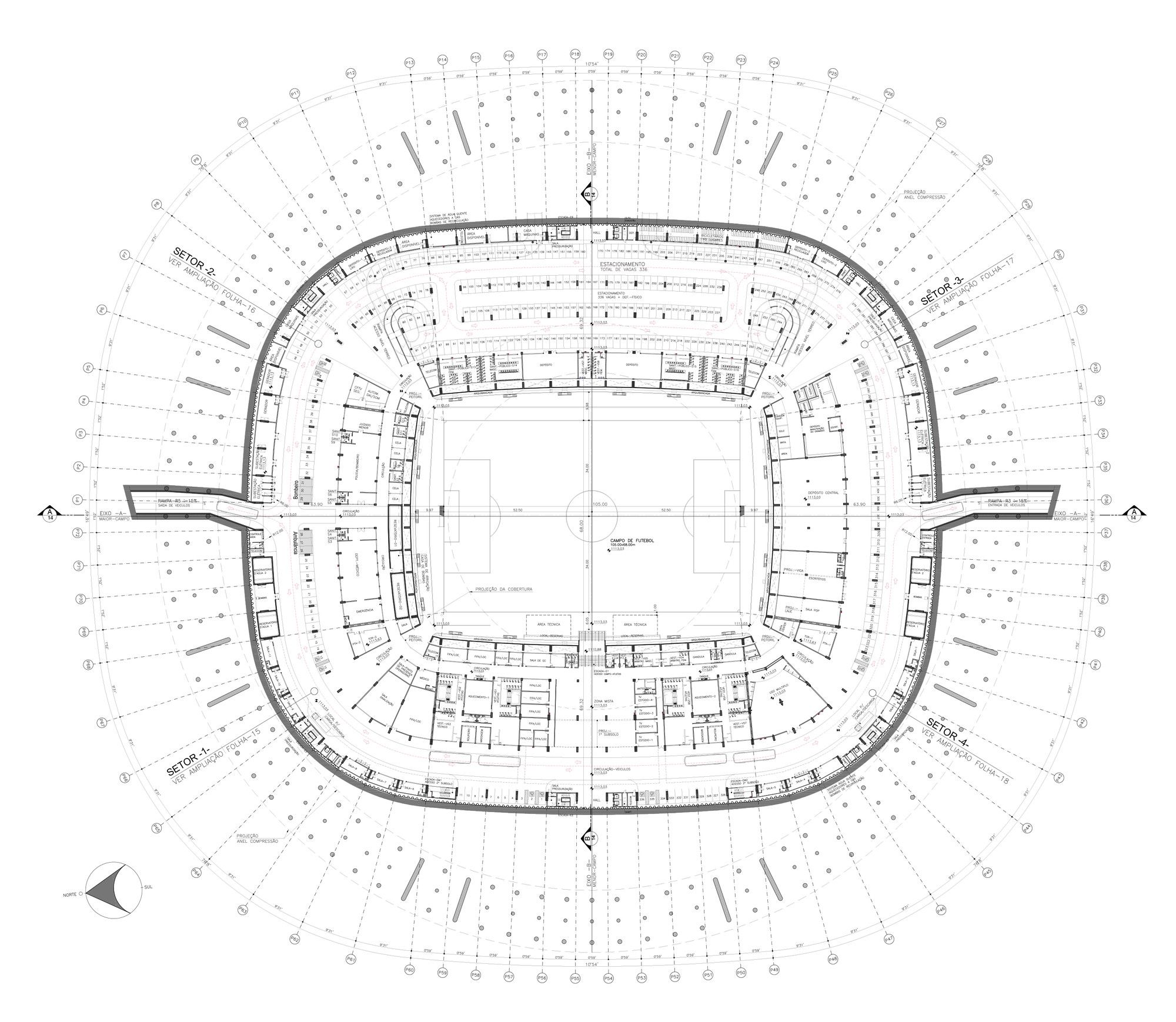
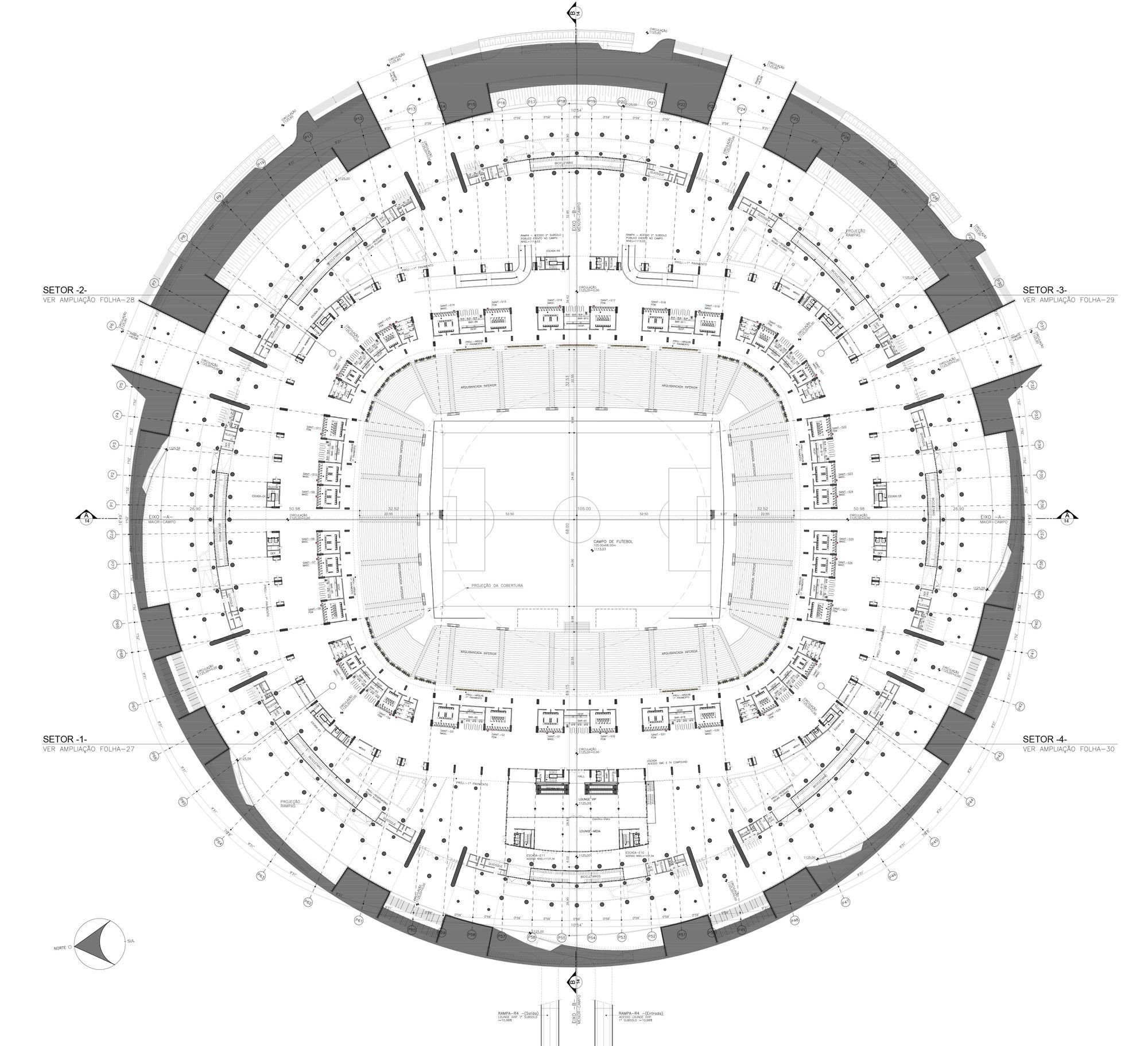
© Castro Mello


